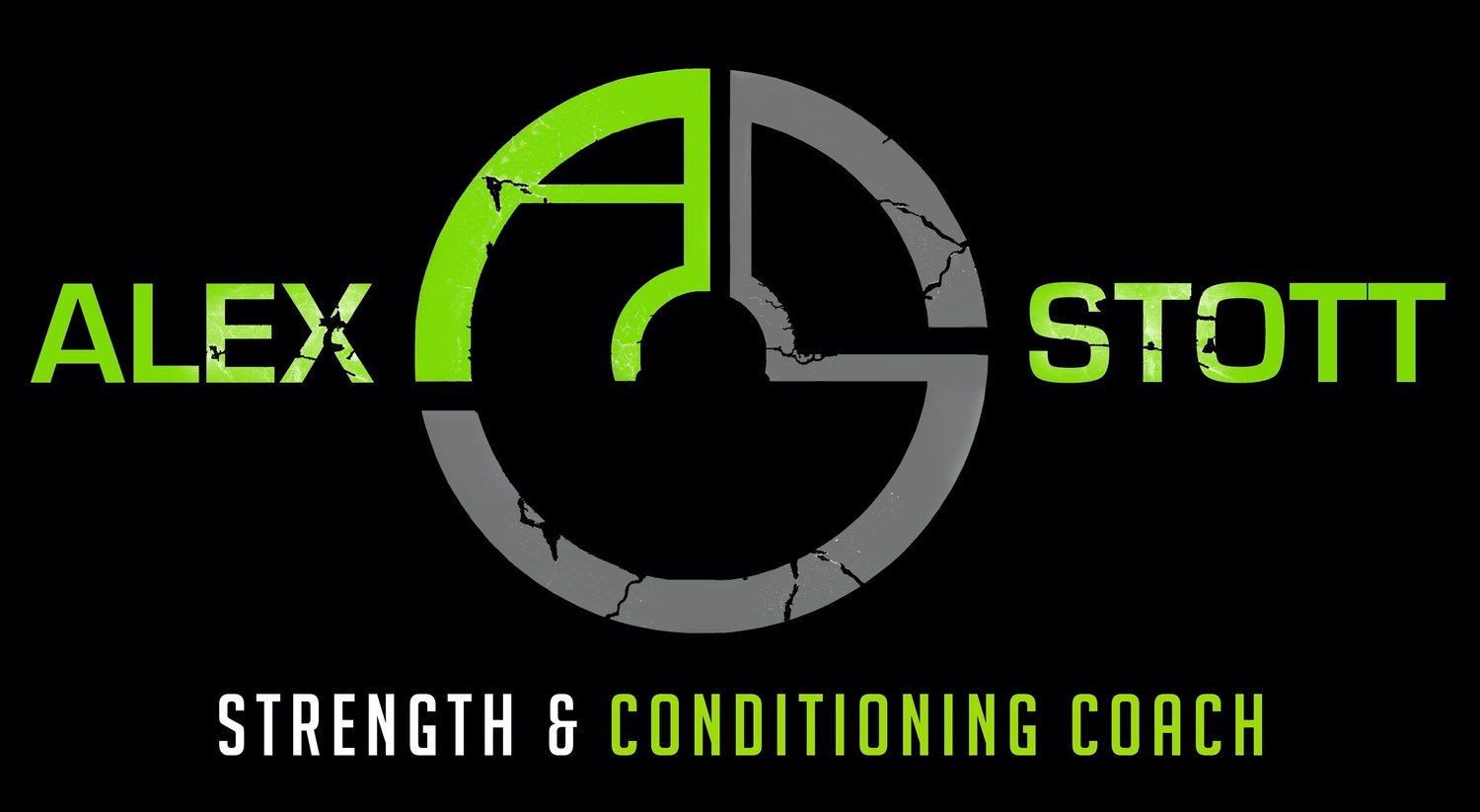Movement is a skill
Yes a skill…
The ability to move through a range of motion, to be mobile, to squat, to hinge, to express thoracic flexion and extension….these are all a skill. While yes as a child most people can move really well and express great movement as we get older for many this movement becomes restricted through injuries, day to day life, posture and weakness. But can we fix it?
Training Movement
The simple answer to the question of can we fix poor movement is yes!
In the same way that we can develop strength, improve work capacity, build speed and power we can train movement, we can train mobility and we can improve our ability to move through a range of motion with control.
So what will influence our mobility and movement capacity?
Biomechanics: Factors such as limb length will play a role in how well we can move and which movements we find easier or harder
Genetics: Our mesomorph (body type - height, weight, muscle mass) will play a role here
Day to day life and posture: Our posture is largely influenced by our day to day life. Poor posture will ultimately lead to movement restrictions and reduced range of motion
Injuries: Previous and current injuries can play a role in how well we can move, the range of motion that we might be able to express at a joint and also in how comfortable we are with certain movements
Training history: Our training history, whether we have been exposed to certain movements and movement patterns before, whether we have been coached through how to move with control through a pattern and movement.
How to develop it…
Much like strength, energy system capacity or power the first step is to test and assess competency with a movement screen. This allows us to set a baseline, to see where the movement restrictions are, which patterns need work and to plan the path forward.
From there in the same way that strength can be training and improved mobility can be increased with structured and focussed work. Work to loosen tight muscles, work to strengthen weak muscles and increase activation, work to build confidence and proprioception through patterns.
This will mean a structured plan starting from where you are, gradually increasing the mobility and proprioceptive demands and structured strength work. For example for those with reduced overhead motion this could include work to develop range of motion through the thoracic spine, building stability and control around the scapular and building the ability to own that motion and to get the scapular to glide over the rib cage.
While there are almost endless exercises that we can program in which can provide an almost instantaneous improvement and increase range of motion in that session. Like with strength to effect a lasting change requires structure, a plan and consistent application of the work and a gradual overload both in terms of the central nervous system demand and the range in which we move through.

